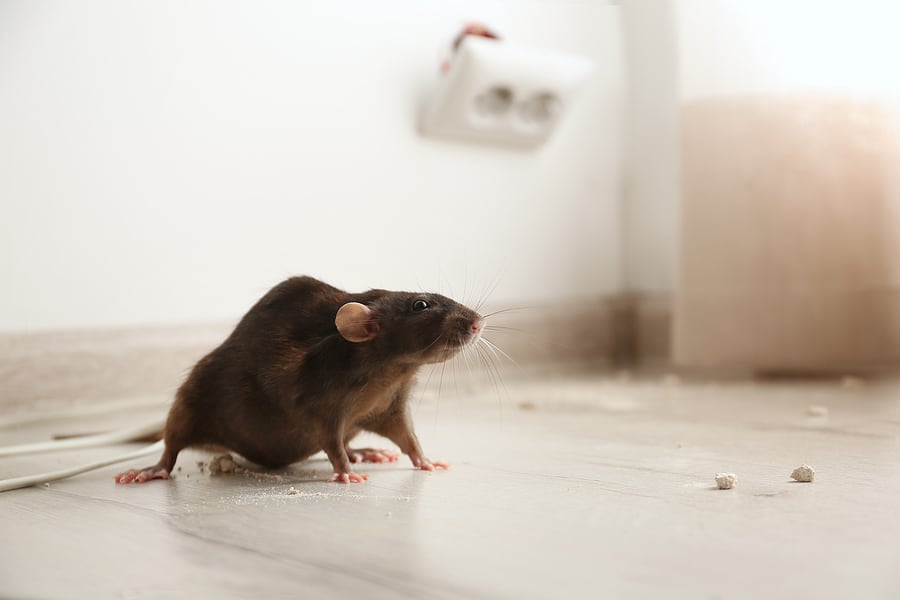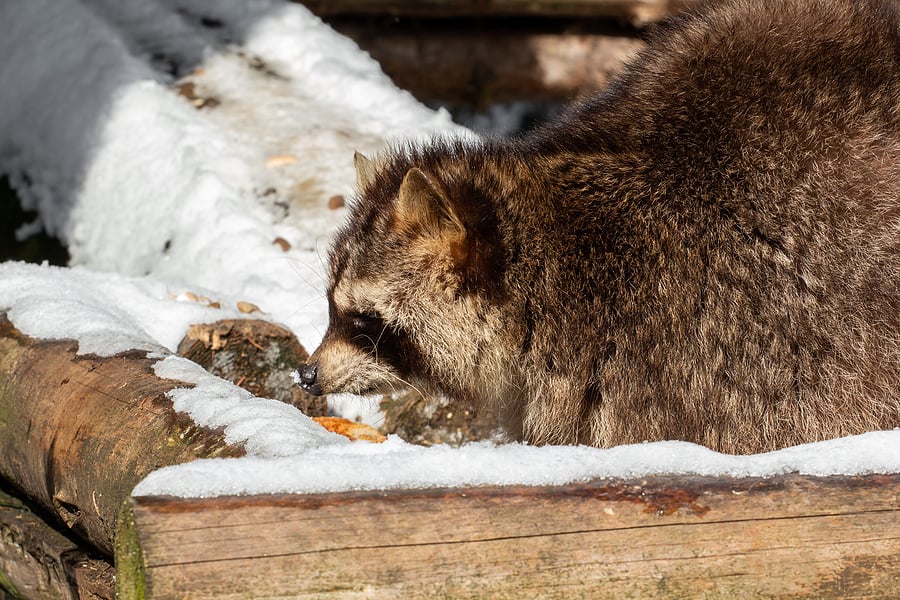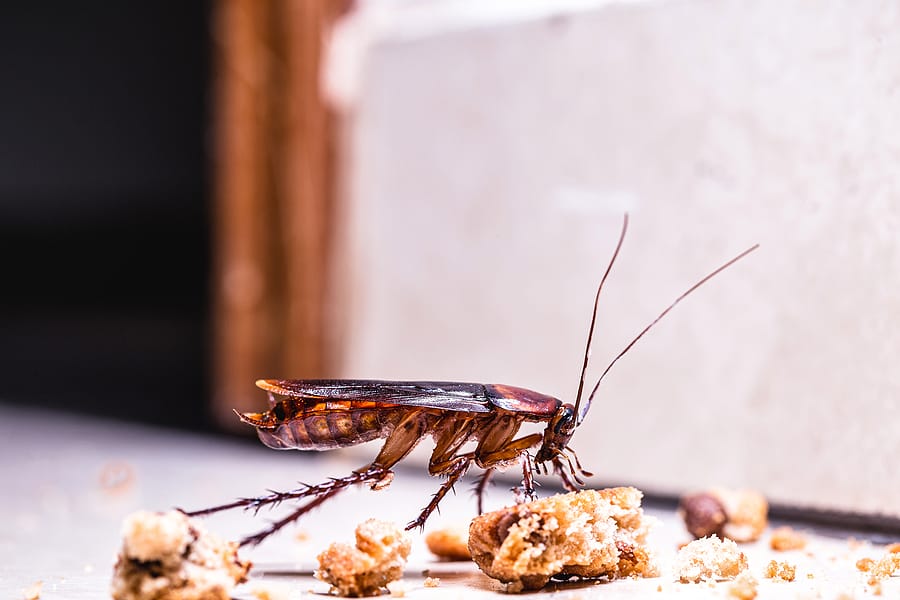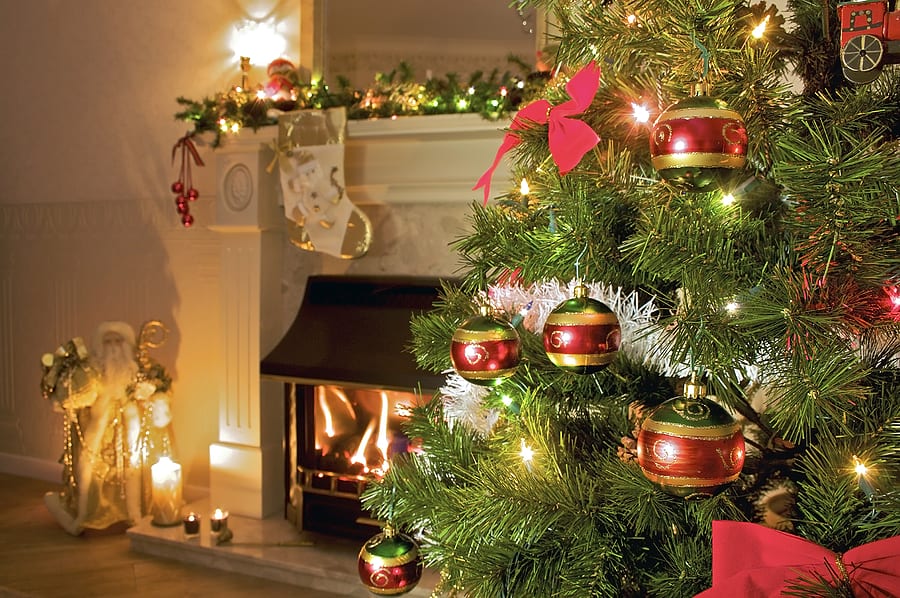READY TO GET STARTED?
REQUEST A FREE ESTIMATE
Fill out the form below or call (888) 466-7849 for a free, no-obligation estimate.

Rodents are one of the most resourceful pests when it comes to getting into your home. Mice and rats can squeeze through the tiniest cracks to gain access and they require very little space to travel inside. Rodents seek shelter indoors, especially during the fall and winter months as they go in search of warmth, food and water. While a rodent sighting can be scary enough, these pests also pose serious hazards to your home and your health. They can gnaw through cardboard, paper, and even electrical wires, putting you at risk for fires. They are known to carry bacteria, like salmonella and hantavirus, and can contaminate your food, kitchen surfaces, and other areas of your home. Even rodent droppings are dangerous – helping spread these pathogens to you and your family.
The first step in rodent control in and around your home is to prevent them from getting inside in the first place. Here are 10 easy tips you can use for preventing mice and rats:
If you do find signs of rodents in your home, best practice is to remove them and prevent re-entry as soon as possible. This is best accomplished by a professional pest control company who can not only eliminate the nuisance pests, but help identify nesting sites and points of entry to help prevent reinfestation in the future.
Don’t Forget the Forgotten Rooms
Avoiding A Winter Wildlife Invasion
9 Energy Saving Tips For Winter

When cold weather hits, winter wildlife go in search of three things: food for their bellies, water to quench their thirst, and warm shelter to keep them safe. When the going gets tough, these winter pests have to get creative in order to survive – often by making their way into your attic, chimney, basement, or crawlspace. While it’s beneficial for them, it can cause serious damage to both your home and your health to have them sharing space with you.
How do you know if you have a stowaway for the winter? Common signs of wildlife include:
Now that you know what to look for, what kinds of animals can cause these signs? Some of the most common winter wildlife include:
Prevention is key to avoiding a winter wildlife invasion. Critter control starts at home with these winter wildlife prevention tips:
Chimneys provide a great hideout and also a gateway for wildlife to get into your home. Make sure the top of your chimney has a grated screen that is in good repair with no holes. Check above the flue panel for any leaves, debris, droppings, or animals before sealing it up. Make sure your chimney is secure.
Small holes, cracks, open pipes, etc. in your foundation provide easy routes for wildlife to get into your home. A careful inspection of your foundations should be performed every season throughout the year. Seal any openings as you find them.
Any tiny cracks or openings in your roof or siding means easy access to your attic. Check the entire exterior of the roof, starting with the intersections and siding. Make sure to also check the flushing seams on the roof. Siding that connects to the roof should not be warped or pulled away. Be sure to check around exhaust openings and for loose vent screens, as well.
Many wildlife critters love to hide out in the attic. Use a flashlight or headlamp and thoroughly inspect this space, checking for openings or chewed up or damaged areas of wood. Seal any holes you find but always make sure the animals are not still present before you do.
Your trashcans offer a buffet of food sources for pests. Use cans with tightly securing lids, avoid overfilling them, and wash the bins regularly to get rid of food waste.
Branches and limbs offer squirrels, raccoons, and other creatures a bridge directly into your home. Keep trees and shrubs trimmed away from the house. Prune shrubs to keep them at least 12″ from the sides of your home. Trim any branches that overhang or touch your roof, as well.
Leaving food sources outside your home will just attract wildlife in. Try to avoid leaving pet food outside and tossing scraps or pouring leftover grease in the yard. Pick up any fallen fruit. Protect your gardens with fences that are designed to keep animals out. Clean up any spilled birdseed from feeders and bring them in overnight.
Wildlife control is an ongoing process that needs special attention and consideration, especially in the cold winter months. If you have a problem with winter wildlife, contact your local pest control company for an inspection and appropriate treatment or wildlife exclusion plan.
4 Pests That Are Closer Than You Think!

During the wintertime, many homeowners worry less about pests that are common during the spring and summer months. Contrary to popular belief, however, some pests don’t just die off; instead they use their survival instincts to get through the winter. Here is a list of four common winter pests and what you can do to prevent them once the warmer weather arrives!
Seeing ants marching inside your home is typically uncommon during the winter months. Ants are still around, however, as they are great at overwintering and preparing for the cold! Ants prepare for the colder weather starting in the fall where they indulge in lots of food. This preparation technique helps them put on fat so they can survive for weeks at a time without eating. When winter finally arrives, their body temperature and activity will decrease. They will then seal up their colonies built deep in the soil or under rocks, where they will stay until springtime arrives!
Once the warmer weather hits, ants are full of energy and ready to invade your home in search of more food. To make sure these pests don’t come inside, seal all open gaps and holes, especially around areas where pipes and wires enter your home.
Bed bugs are active year-round, meaning they will invade your home whether it’s cold or warm outside. These pests are extremely resilient and can survive temperatures from nearly freezing to 122 degrees Fahrenheit! Because they can withstand these extreme temperatures, bed bug control can be difficult. Common signs of bed bugs include rusty, reddish-brown stains on bed sheets or mattresses, bites on exposed skin when sleeping, and eggs or egg casings.
After coming home from traveling, unpack your clothes and put them directly into your washing machine to clean. Always inspect your luggage for bed bugs and use a vacuum to clean it before storing it.
Most cockroaches can survive year-round if they have access to a warm and moist environment. Unfortunately, this means your home is the perfect place for these pests to inhabit. German cockroaches are one species that are known to survive harsh weather conditions. When cold hits, these roaches are great at sneaking indoors through small gaps and holes.
Cockroaches prefer to live in humid habitats, especially in residential kitchens, bathrooms, and basements. To ensure these pests don’t infest your home, make sure to clean up any spills or food crumbs, vacuum often, and use weatherstripping to seal doorways.
It’s inevitable to see mosquitoes out during the summer months; but it may be surprising to most that these pests don’t die off when winter hits. Mosquitoes will, instead, overwinter or hibernate in protected areas such as hollow logs. When the temperatures increase, female mosquitoes will awaken and seek out a blood source to feed on to begin developing eggs.
Preparing for mosquito activity before summer arrives is crucial in protecting your home and family. Confirm your home is mosquito-proofed by eliminating any standing water, debris from your gutters, and sealing any holes or gaps leading inside the home.
To prevent these pests from invading your home when spring and summer hit, consider contacting your local pest control company. A trained professional can then provide you with an inspection, prevention, and treatment plan.

Termites are one of the most feared and difficult pests to get rid of. Every homeowner is weary of having termites as they can destroy your home from the ground up; but as the colder weather continues, many wonder if termites are even active right now?
Unfortunately for many homeowners, termites are out right now, with some termite species active year-round! This means that even on the coldest day termites are active. Fortunately, during colder weather termites do tend to go deeper into the ground to find warmth. If they’ve already infested your home, however, they will continue their activity. Termites will search for food throughout your house with the potential of significant damage, costing thousands of dollars in repairs. It’s extremely important to understand and recognize the signs of termites to catch them early.
One sign of termite activity is crumbling wood. Crumbling wood is a major indicator that these pests are infesting your property. Termites will eat wood from the inside out, so if the wood in your house sounds hollow when tapped on, you could have termites. Likewise, seeing uneven or bubbling paint is a sign of moisture build-up. This means the potential for two scenarios: water damage, which can attract termites; or existing termites inside your home. An obvious sign that termites are roaming is the presence of discarded wings inside your house. You can often find these near windowsills and doors.
Termite-proofing your house or property now can help prevent termites in the future. Take precautions with these tips:
If you suspect you have termites or are just ready to get prepared this year, reach out to your local pest control company who can set you up with a prevention and termite treatment plan.

One thing that is sure to put a damper on your holiday spirit is unwanted pests! The holiday season provides ample opportunity for household pests to make their way into your home. Spiders, rodents, ants, ticks, and other overwintering pests will commonly invade in search of food, water, and shelter.
Holiday pests will use Christmas trees, wreaths, firewood, decorations, storage boxes, luggage, and more to hitch a ride into your home. Some pests will hide in the branches and crevices of Christmas trees, wreaths, garland, and firewood. They can even lay eggs which will then hatch after you bring them inside. Mice and other pests will take refuge inside your storage boxes that hold decorations. You may find live pests, dead pests, or droppings inside these containers. You may also find that they have chewed or damaged wires inside the box.
Increased travel at the holidays increases the risk of bed bugs. These pests hitch a ride on unsuspecting travelers’ luggage, coats, purses, and more. The kitchen is often the central gathering place for holiday cooking and meals. It can also be a big source of food for unwanted pests. Crumbs, spills, leftovers, and dirty dishes all provide an easy food source for holiday pests.
Don’t let pests ruin your holiday plans. Keep them away with these 5 holiday pest control tips.
Pests can come indoors on live trees, wreaths, garland, and firewood. Carefully inspect these items outside before bringing them inside. Make sure to check for live pests, nests, and eggs. Shake them out carefully to disturb any slumbering pests and to knock off any hidden pests.
Pests will hide out in boxes used to store decorations and other holiday items. Unpack these items outside and inspect them all carefully for signs or pests including dead bugs, live bugs, droppings, gnaw marks, and other damage. Carefully check strings of lights and other wires for signs of chewing.
Holiday meals are centered around the kitchen. Clean up the kitchen after cooking. Wash dishes or load the dishwasher and don’t leave dirty dishes out overnight. Sweep up any crumbs from the floor and clean up spills immediately. Make sure to empty the trashcan frequently, especially before bedtime.
Bed bugs are common at the holidays because of the increase in travel. Whether you are going away or you have guests coming in, inspect the bedding carefully for bed bugs. Signs of bed bugs include live bugs, reddish brown spots on bed linens, and shed skins. These can be found on beds, mattresses, box springs, linens, curtains, furniture, and even baseboards. Check luggage before bringing it into the house. Wash clothes in hot water and dry on hot heat as soon as you return home.
At the end of the holidays, taking down decorations and storing them for next year becomes a priority. Store your holiday decor in plastic storage bins with sealing lids rather than cardboard boxes or bags. Don’t pile discarded trees, garlands, or cut firewood near your home as these can attract termites and rodents.
The holiday season is a time of great joy, family, and friendship. Don’t let holiday pests ruin your year. If you have a problem with any type of critter in your home, contact your local pest control company for a free inspection and comprehensive treatment plan.
Crawlspace Enclosure: The Cure For Cold Feet